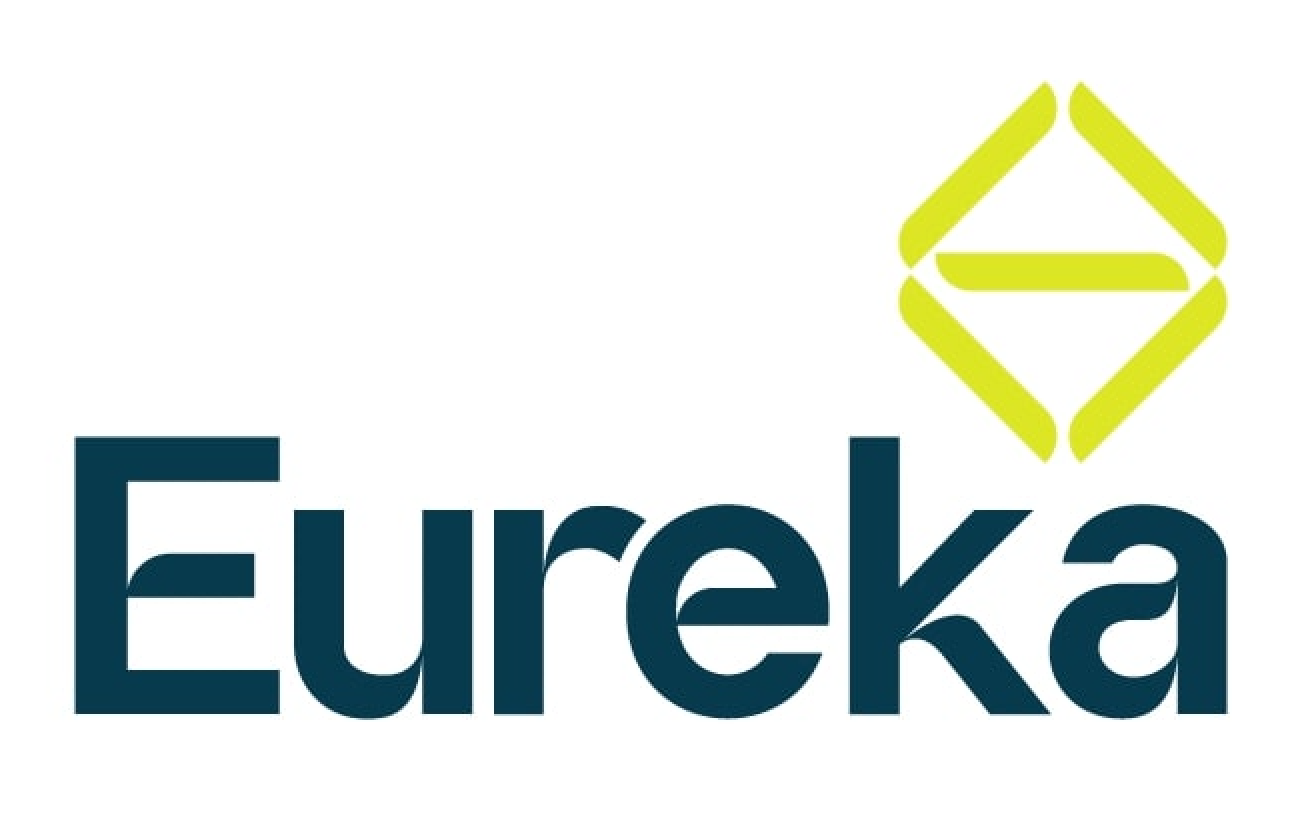Employee engagement – the factors that matter in the workplace (remote, hybrid, and in-office)
Gallup defines employee engagement as the involvement and enthusiasm of employees in their work and workplace. Employee engagement helps you measure and manage employees' perspectives on the crucial elements of your workplace culture. A fundamental concept is qualitatively and quantitatively understanding and describing the dynamic relationship between an organisation and its people.
Employees engaged in meaningful and well-managed roles experience greater happiness, well-being, and fulfillment and are more likely to contribute significantly to enhanced productivity, innovation, and service quality. This long-standing concept emphasizes the mutual benefits of compelling motivation and people management practices.
Many things have shifted since the big COVID catalyst. How do we measure employee engagement and create the desired harmonious working environment to achieve peak performance for people who have since adopted the new normal? Hybrid, remote, and in-office work modes are now the preferred ‘ways of working’—the new normal. Of course, these arrangements come with challenges, as ‘one size doesn’t fit all.’
Forbes Advisor cites that in 2023, 12.7% of US employees are full-time employees working from home, and 28.2% are working on a hybrid basis. It is estimated that by the year 2025, 32.6 million (22%) of Americans will work remotely. While remote work is on the rise, it is also mentioned that most of the workforce still works in the office (59.1%). Why remote work? While 57% of workers state they would look for a new job if they were not allowed to work remotely, 35% choose to work remotely as they feel more productive.
Interestingly, an Indeed survey in the UK found that 21% (1 in 5) of employees and 25% of senior leaders opt for the remote work model. When asked, the groups stated that they prefer remote work because it allows them to avoid the impact of workplace behaviour annoyance and ‘dodging irritating colleagues’, respectively.
Whatever the perceptions and the need for remote work, patterns suggest people are more driven by personal reasons and are more aware of what work model best suits them. For example, research by Mental Health UK shows that 50% of people state that the culture at their workplace does not encourage discussion of mental health issues. Additionally, people feel their line managers and senior leaders need more time to meet and provide support. This sentiment is also echoed by the Good Work Index, which indicates that only just over half of UK working adults feel enthusiastic about their jobs. Still, the general picture is more positive than negative.
While options of working in-office, hybrid, or remote are still very much in conversation, it is essential for managers or HR to consider help they can lend to employees:
1. Provide your employees with a tool for self-assessment of their mental health, such as the ‘Conversation Guide: Talking to someone about mental health’ by Mental Health UK. Creating a plan for employees to assess their well-being at work could be helpful for employees and management to co-develop plans to address potential hidden issues. Making the workplace a safe space and welcoming topics about mental health can also be liberating for some people.
2. While feedback giving can be difficult for some, by being focused and objective, establishing regular feedback mechanisms that allow employees to voice their concerns and contribute to continuous improvement could be adopted to foster more prosperous employee-management relationships.
3. Another way of helping employees to assess their well-being and easing them into their new ways of working is by creating a reflection log headed by a linear process of ‘Know your “Normal” Self,’ ‘Recognise Your Behaviour Under Stress,’ ‘Acknowledge the Change’ and ‘Action behaviours to recognised change.’ This tool could help employees self-reflect, regulate their emotions, focus on matters that concern them, and generate appropriate actionable plans to cope with their work.
While these simple tools can be helpful, having a targeted measure in the long term by independent certified practitioners may yield higher trust due to anonymity. Findings from a professionally conducted assessment that return promising indicators and are reported by trained practitioners can help organisations learn about employees' behaviour when operating in “stress mode” versus when the body is in its natural conditions.
It is also important to note that as people join organisations at different points, they go through various life changes and workplace challenges. Hence, assessments could be conducted yearly or bi-annually, depending on the work context and demands. When tailored to different cultural contexts, mixed assessments can provide deeper insights into employee behaviour and engagement across different work modes.
Furthermore, targeted measures taken among groups working toward the same goal in an organisation but separated into three different working modes are more beneficial. Learning and appreciating everyone’s differences helps achieve better results when working in a team, while instilling values that align with the organisational goal. A holistic engagement exercise contributes to retention, satisfaction, and productivity.
Not only is it responsible and effective in the long term, but the organisation will also understand different motivations across the various functions and the status of employees’ sense of belonging, consequently creating a positive employee experience that will positively impact business objectives. One should consider the adage, ‘What gets measured gets attention.’
Share our insights
Recent insights




